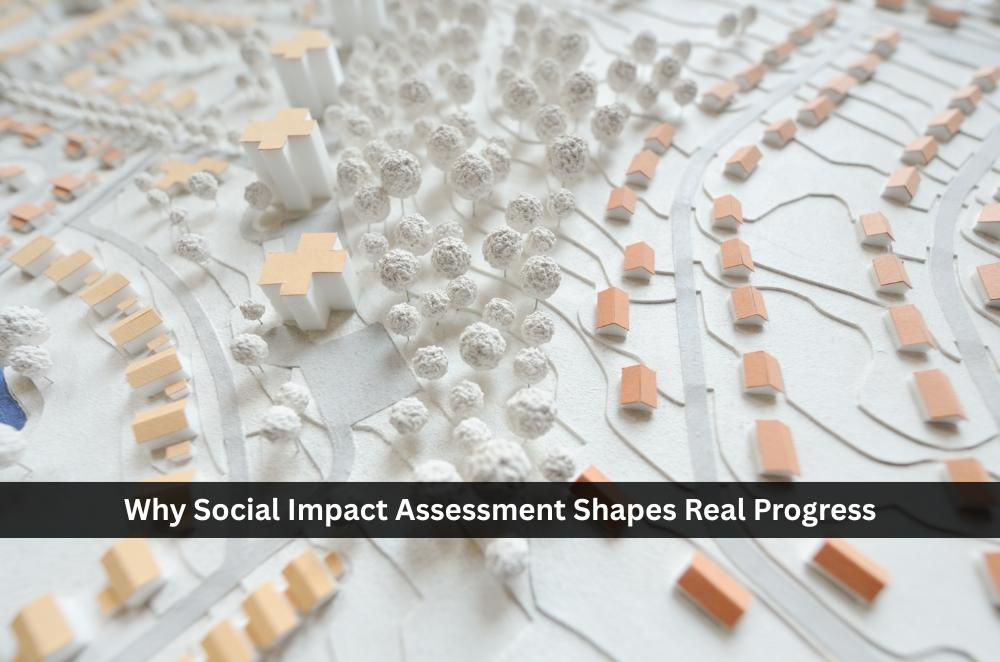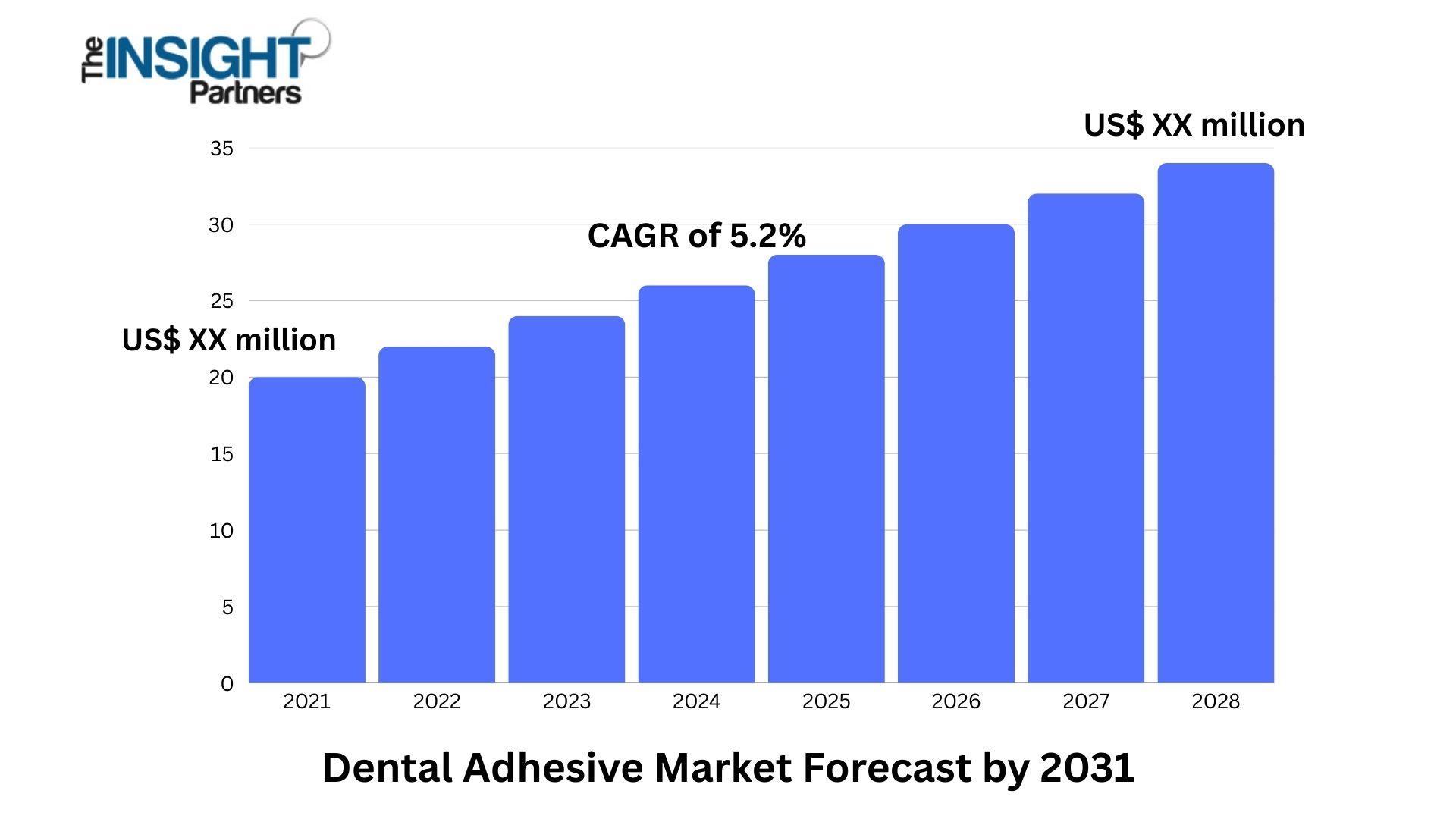Why Social Impact Assessment Shapes Real Progress

Social impact assessment isn’t window dressing; it’s the bit that tells us if a project actually helps the people living beside it. Big roads, small parks, a solar farm on the edge of town—each one nudges daily routines, and sometimes shoves them. We measure that nudge. And we listen. The win isn’t concrete poured or budget spent; it’s whether life feels more stable, safer, fairer. Using project social outcomes, we track what spreadsheets usually miss: belonging, access, time saved, chances opened. Then we feed those findings back into design so progress doesn’t barrel ahead blind, but moves with the community, not through it. That’s the point of doing it.
How does social impact assessment drive value?
Social impact assessment drives value by turning community input into practical choices and clearer risk forecasting. It shows where hidden costs live—delays, disputes, reputational hits—and where benefits can grow.
When teams stack community wellbeing metrics beside cost and schedule, trade-offs surface early. You spot the bus stop that needs moving before the school run turns chaotic. You budget for noise buffers so night-shift workers can sleep. That kind of no-nonsense prevention saves time and bikkies. It also strengthens social licence, because people can see their fingerprints on the plan.
-
Surfaces risks before they become roadblocks
-
Directs budget to what locals value
-
Builds trust through visible adjustments
Value, then, isn’t abstract. It’s fewer complaints, smoother approvals, and projects that land as promised.
What makes assessments meaningful for communities?
Assessments are meaningful when they answer the question communities actually ask: “What does this change for us, right here?” They stay relevant by engaging early and keeping the conversation open.
Tokens won’t cut it. People want candour, timelines, and a say in the fixes—not glossy boards and a biscuit. Meaning shows up in small, material shifts: safer crossings near the footy oval, delivery hours that don’t crush local traders, construction detours that still let grandparents reach childcare on time. Capture that lived experience, feed it back into design, and report back in plain English. Over time, participation turns into partnership, and resentment gives way to shared ownership.
How can assessment results shape lasting impact?
Assessment results shape lasting impact by changing decisions, contracts, and timelines—not just the wording of a report. Put findings into procurement, KPIs, and handover conditions so commitments survive past opening day.
That might mean funding a local jobs pathway for the life of the asset, or tying executive bonuses to post-occupancy outcomes, not just delivery dates. Publish a simple dashboard, meet with residents quarterly, and fix what drifts. It’s unglamorous work, but it sticks. For perspective beyond our postcode, insights from a planner’s perspective show how practical evaluation lifts trust and keeps benefits flowing long after the ribbon’s cut.
Conclusion
Social impact assessment is the quiet force behind sustainable progress. It ensures growth isn’t blind to consequence or disconnected from community needs. By grounding projects in accountability and empathy, it transforms ambition into shared value. Measuring real social impact empowers organisations to listen, evaluate, and adapt—turning progress into more than just development, but meaningful change that lasts.








